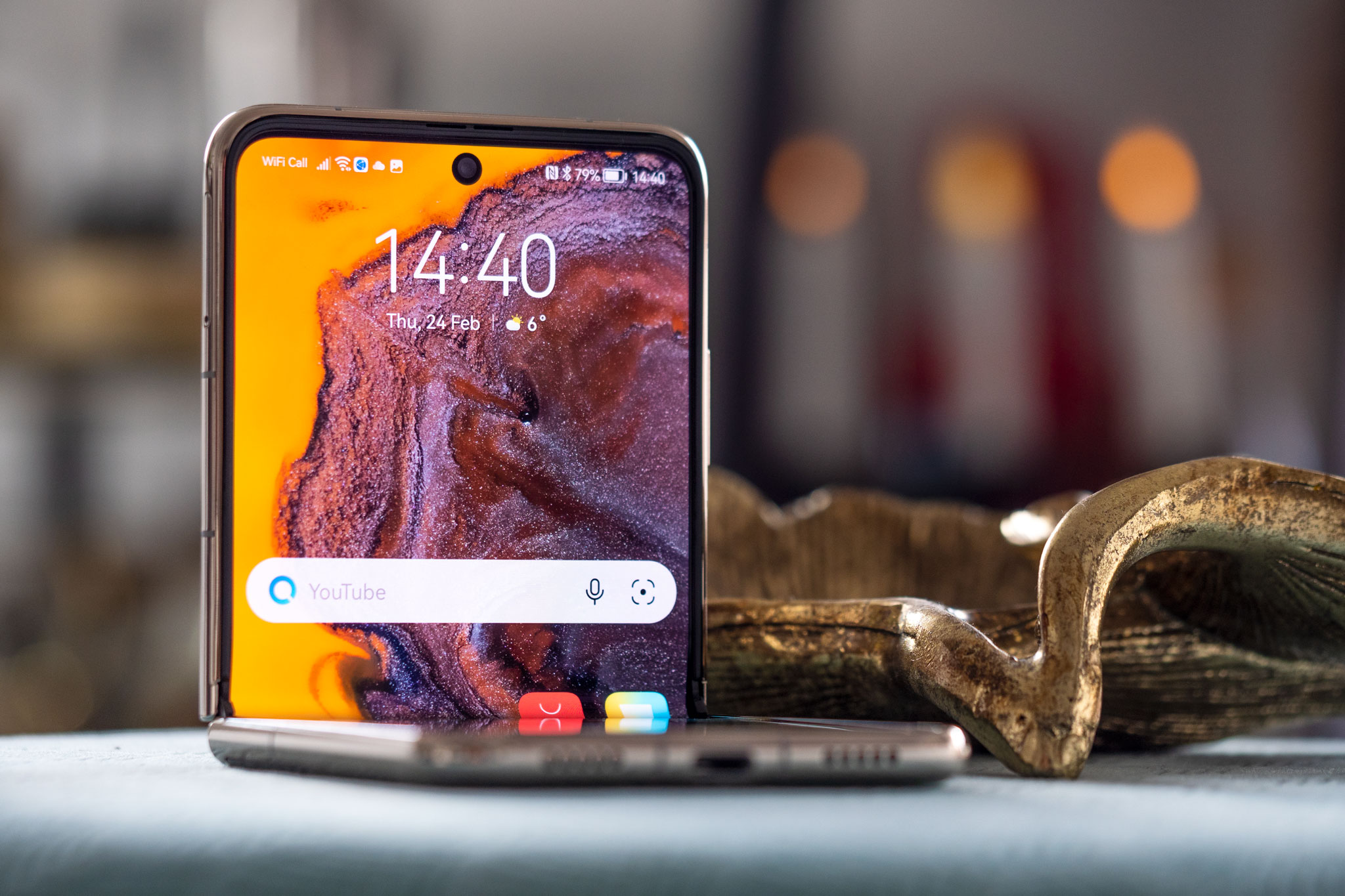Android Central Verdict
Huawei's first flip phone is a delight to use, combining a sleek design with most, but not all of the key high-end phone specs you expect. But the lack of 5G, as well as some table-stakes features like water-resistance and wireless charging, may give buyers pause. What's more, the usual Huawei phone challenges persist when it comes to apps and Google Play services support.
Pros
- +
Gorgeous design
- +
Capable camera system, especially paired with cover display
- +
Great performance and better battery life than many flip phones
Cons
- -
Year-old SoC with no 5G
- -
No wireless charging or water-resistance
- -
No GMS means some apps don't work properly
Why you can trust Android Central
Huawei P50 Pocket: Price and availability
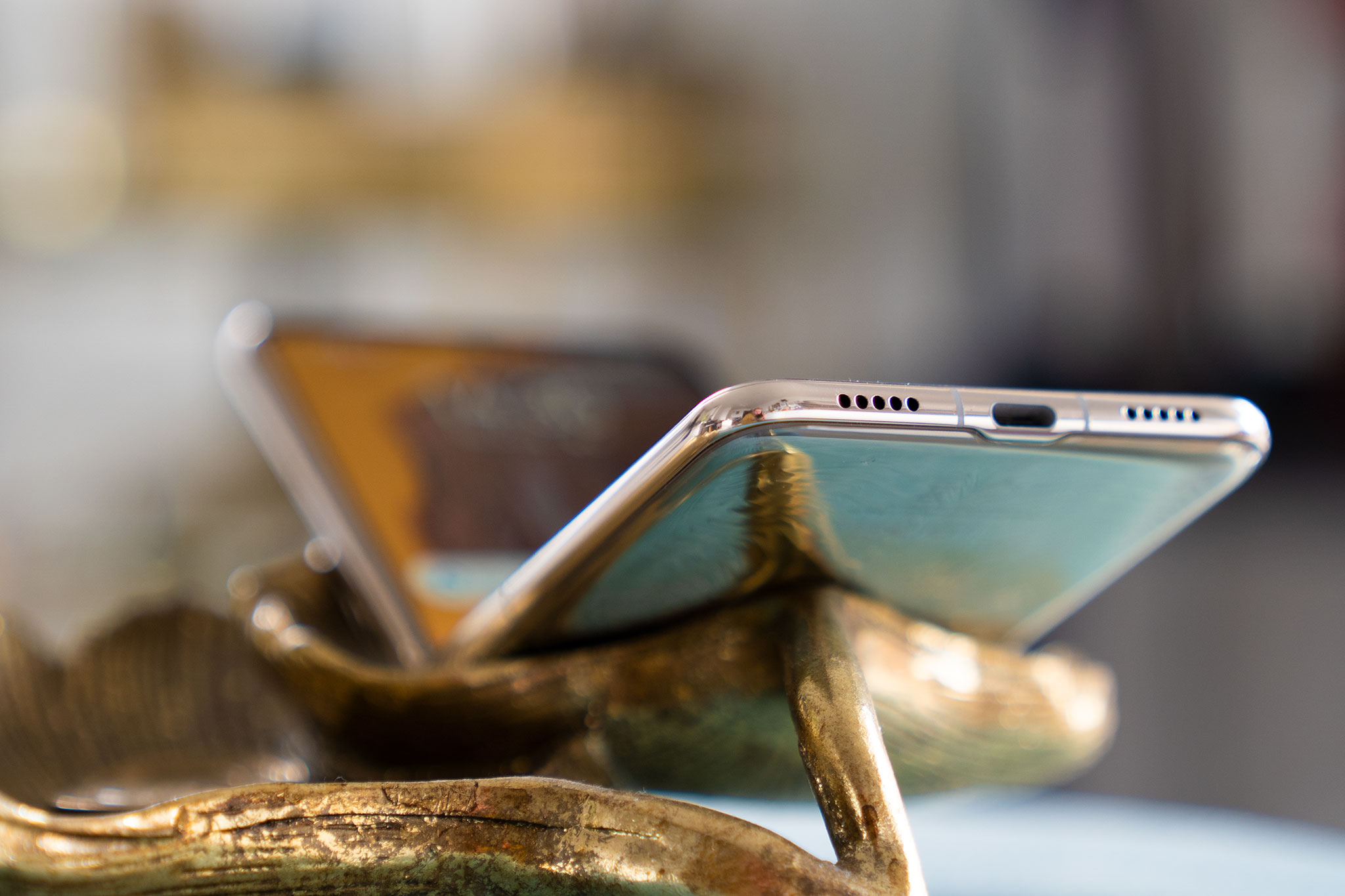
The Huawei P50 Pocket will be available in Europe for €1,299 with 8GB of RAM and 256GB of storage, in black or white.
The P50 Pocket Premium Edition, which we've been reviewing, is set to sell for €1,599. This model features the unique patterned chassis created in partnership with designer Iris Van Herpen, as well as 12GB of RAM and 512GB of storage.
Neither model of P50 Pocket is listed on Huawei's official online store at the time of writing; we'll update this review when they're available more widely.
Huawei P50 Pocket: What you'll like
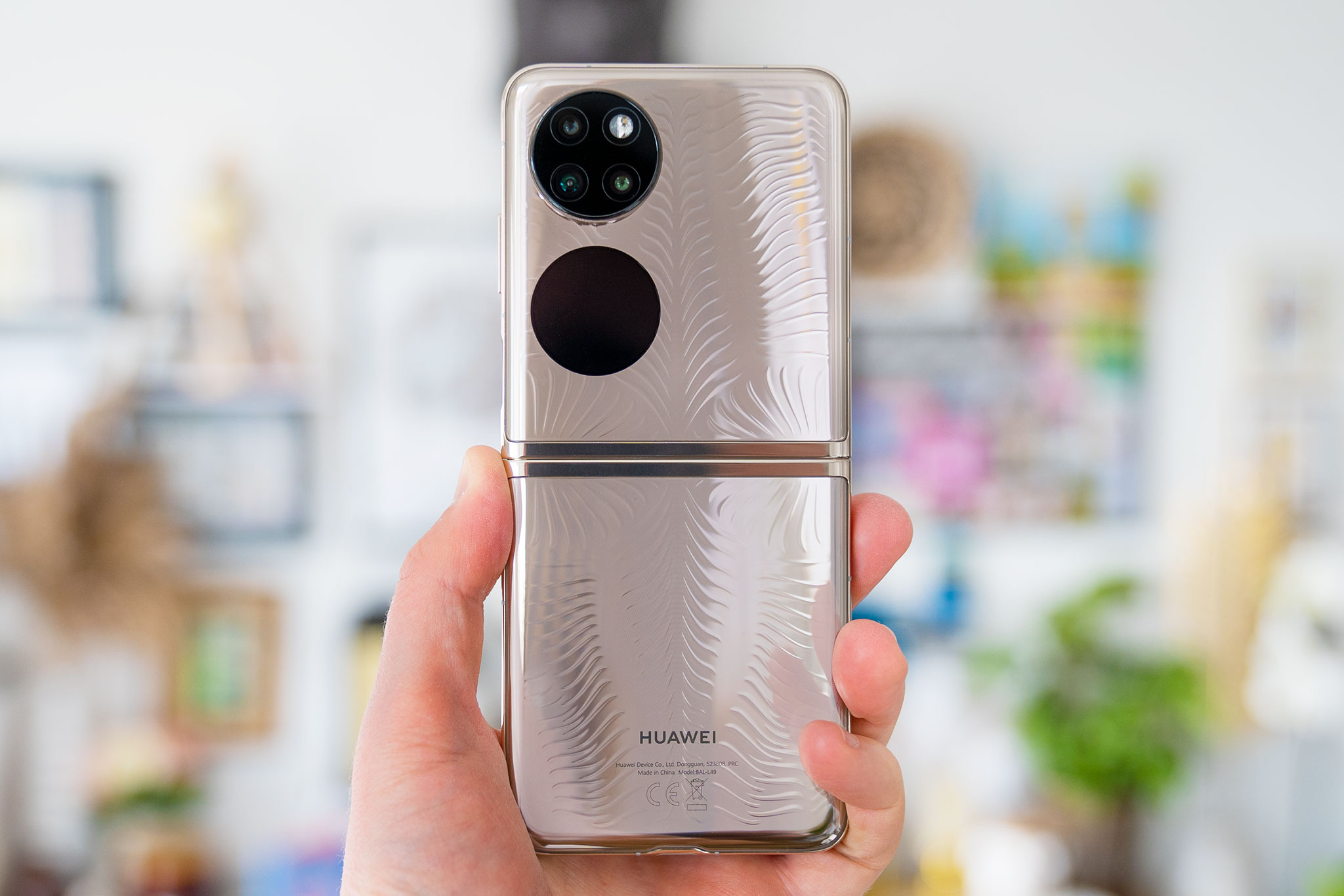
Huawei's first flip phone is a beautiful piece of technology. The standard black and white P50 Pocket models look great, but the Premium Edition we've been using sports an extra-ostentatious finish in glossy gold. This version was created in partnership with Dutch fashion designer Iris Van Herpen, with the shell-like pattern molded into the glass said to be inspired by electromagnetic waves.
Elsewhere, Huawei borrows many established foldable design cues. The outer frame is curved for a comfortable grip, and includes a fast, reliable capacitive fingerprint scanner in its power button. The hinge, meanwhile, resembles that of the Galaxy Z Flip 3, but with one important difference. Huawei's foldable closes completely flat, while the Samsung model has a small air gap between the two sides of its display when folded shut.
Huawei's first flip phone is a beautiful piece of technology.
In its folded form, the P50 Pocket's footprint is about the size of a small drinks coaster, though obviously a lot thicker. Opened up, it easily dwarfs even relatively large traditional smartphones, with a large 6.9-inch display diagonal and lanky 21:9 aspect ratio.
The display — a Full HD+ panel — isn't quite as bright as top-tier flagships, and features a 90Hz refresh rate as opposed to the higher 120Hz of some rivals. But it arguably hits the sweet spot in terms of power consumption, allowing the P50 Pocket to easily last all day on its 4,000mAh battery. Like most foldables, the Pocket's inner display feels a little more plasticky than your typical Gorilla Glass panel, but it's every bit as smudge-resistant as the flat-screened competition. Plus the inner bezels are relatively svelte, with only a small noticeable chin area down below.
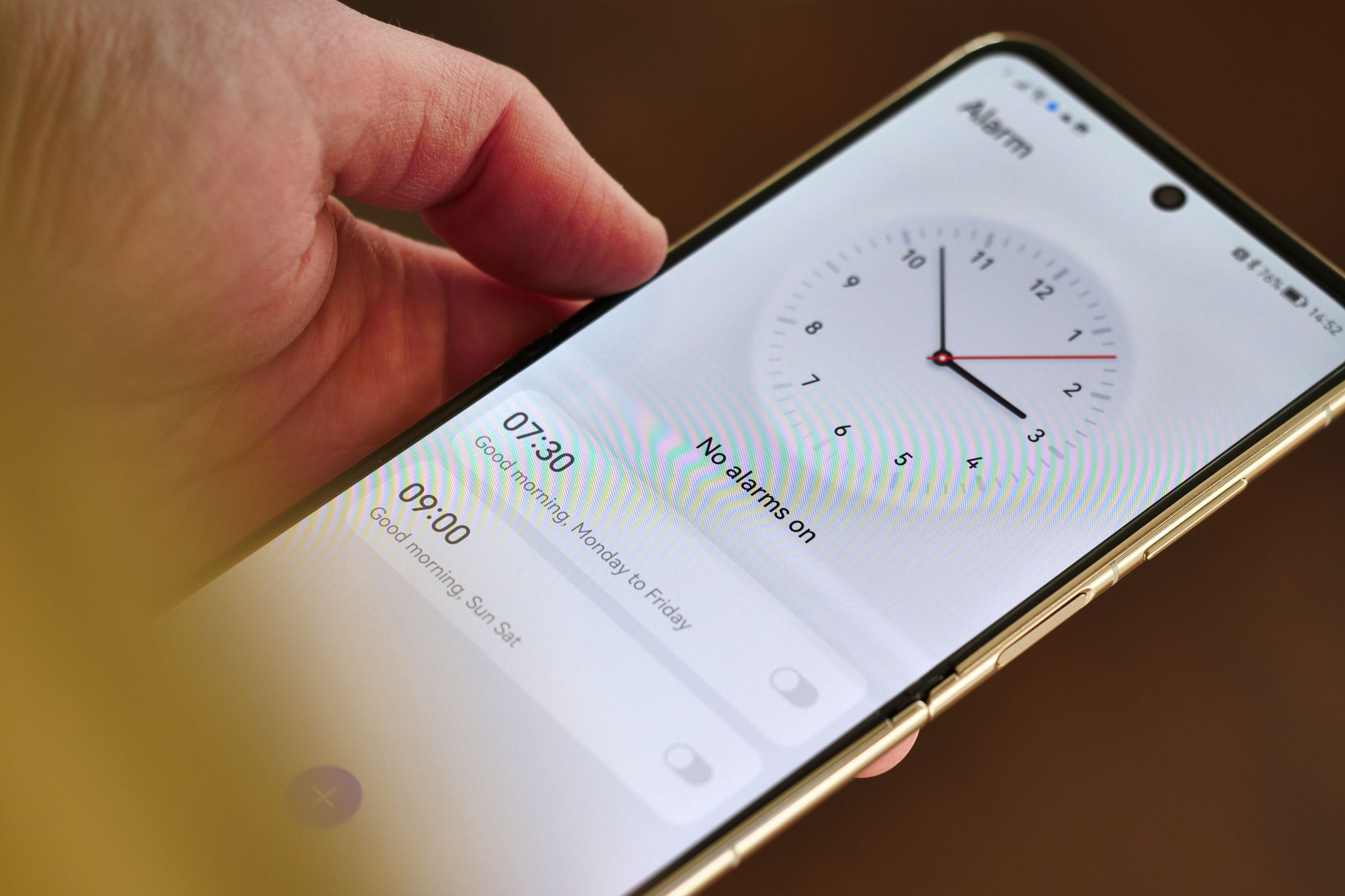
The crease in the display, a characteristic common to even the best foldable phones, is also pretty discreet — you'll notice it as you swipe through apps, but we didn't find it to be particularly bothersome.
Like the P50 Pro, the Pocket features two distinctive circular cutouts in its chassis, the first housing its triple-camera array and LED flash. Unlike the standard P50, though, the second circle hosts a coin-sized outer display. This isn't as large as the outer displays of competitors like the Galaxy Z Flip 3 — to say nothing of the Motorola Razr's expansive cover screen. But it's useful enough, allowing for quick notification access, along with smartwatch-style widgets for weather and media controls.
The P50 Pocket's biometric authentication is also pretty smart when the device is closed, allowing the cover display to be unlocked for viewing things like notifications with either a touch of the fingerprint scanner or a swipe to use face unlock with the rear-facing cameras.
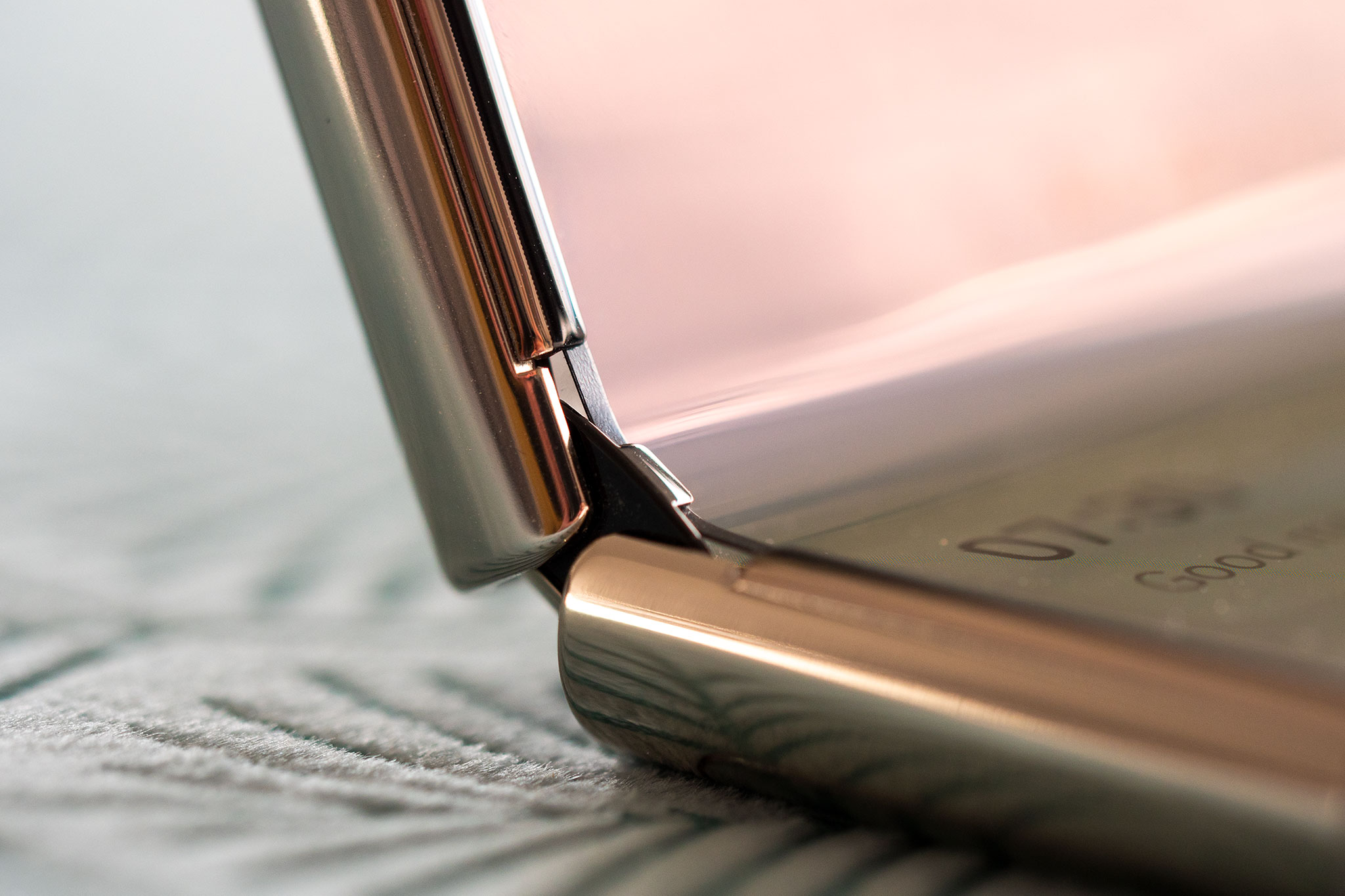
The cover screen also doubles as a viewfinder for taking selfies or videos with the main cameras, with the volume rocker taking on double duty as a shutter key once you've contorted your hand into the correct position.
It's easy to overlook the benefits of being able to take selfies with your rear camera system, but it's a feature you'll appreciate if you've ever been frustrated by the cramped field of view or lackluster low-light performance of a traditional front-facer.
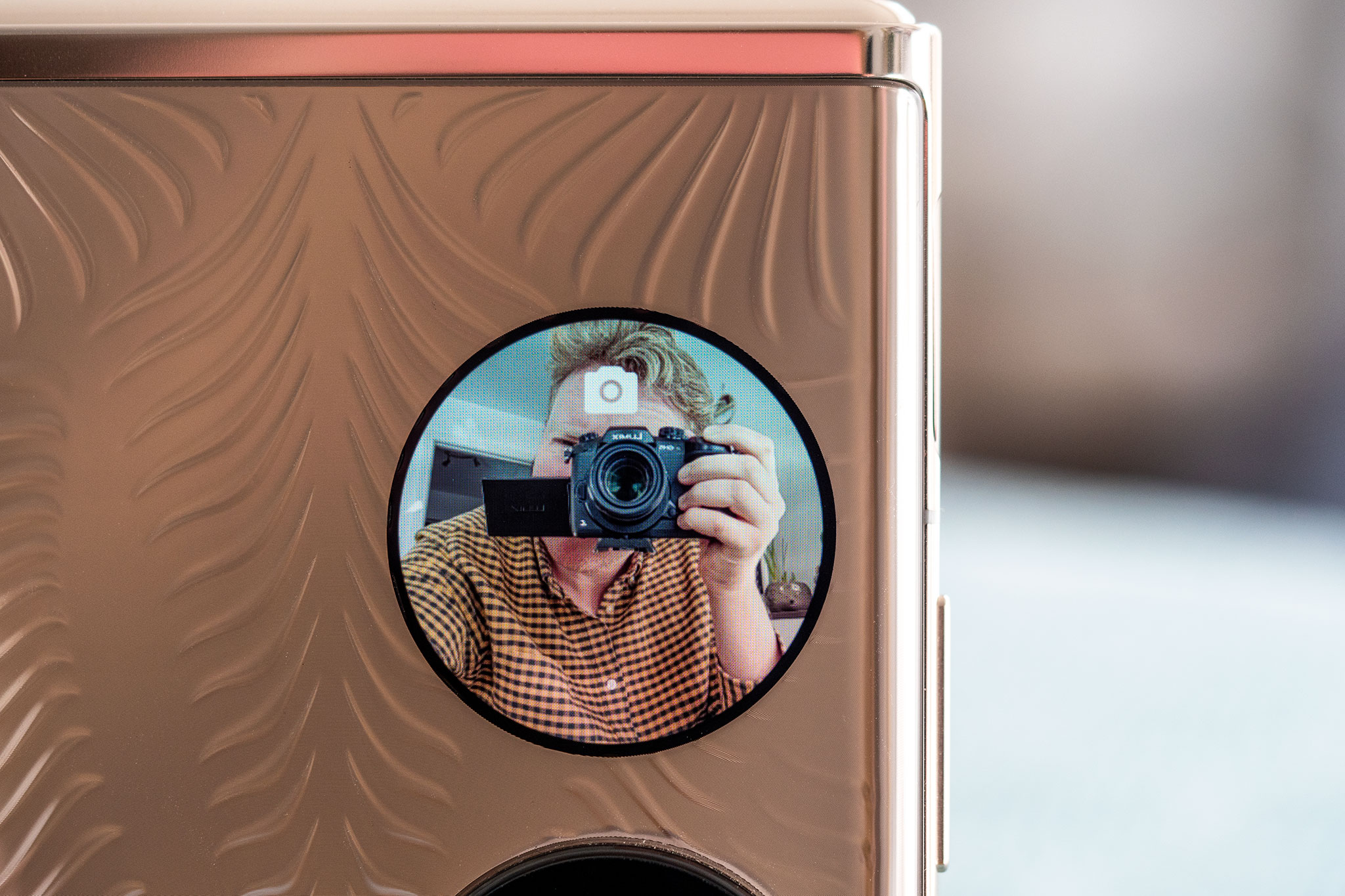
Internally, the P50 Pocket is built on the same foundations as the P50 Pro. That means the 4G-only version of Qualcomm's Snapdragon 888 runs the show, which is perfectly fine in terms of day-to-day performance — though a disappointment in a couple of obvious areas we'll get to later.
That's backed up by 8GB of RAM and 256GB of storage in the standard P50 Pocket, or 12GB + 512GB in the Premium Edition. Either can be augmented using a Huawei NanoMemory card.
| Processor | Qualcomm Snapdragon 888 4G |
| Outer Display | 1.04-inch OLED 340x340 |
| Inner Display | 6.9-inch Full HD+ OLED 90Hz |
| OS | EMUI 12 (Android 11) |
| Storage | 256 / 512 GB |
| RAM | 8 / 12 GB |
| Main Camera 1 | 40 MP True-Chroma Camera (f/1.8 aperture) |
| Main Camera 2 | 32 MP Ultra Spectrum Camera (f/1.8 aperture) |
| Ultrawide Camera | 13 MP (f/2.2 aperture) |
| Front Camera | 10.7 MP Selfie Camera (Wide Angle, f/2.2 aperture) |
| Battery | 4,000mAh |
| Charging | 40W Wired Super Charging |
| IP Rating | N/A |
The Pocket's 4,000mAh battery is significantly larger than anything offered by the competition in this form factor, and I've been impressed with how well it's held up to my everyday use. Like the P50 Pro, the numbers on the spec sheet don't necessarily impress, but you should easily be able to get a full day out of this device. The lack of 5G connectivity likely helps save some juice, as does Huawei's tight control over apps' background power usage.
Huawei makes the right call, with a larger battery instead of wireless charging.
There's always a trade-off between capacity and maximum charging speeds in lithium-ion batteries. And so Huawei's 40W Super Charging standard, while no longer the quickest out there for speedy refills, walks the line between charging speeds and battery capacity.
Speaking of which, Huawei's EMUI 12 software platform returns on the P50 Pocket, carrying over a familiar feature set from recent Huawei devices. It's based on Android 11, but offers a more iOS-inspired interface. Huawei's multitasking features are robust too, with quick access to windowed and split-screen modes through a swipe-and-hold gesture from the edge of the display.
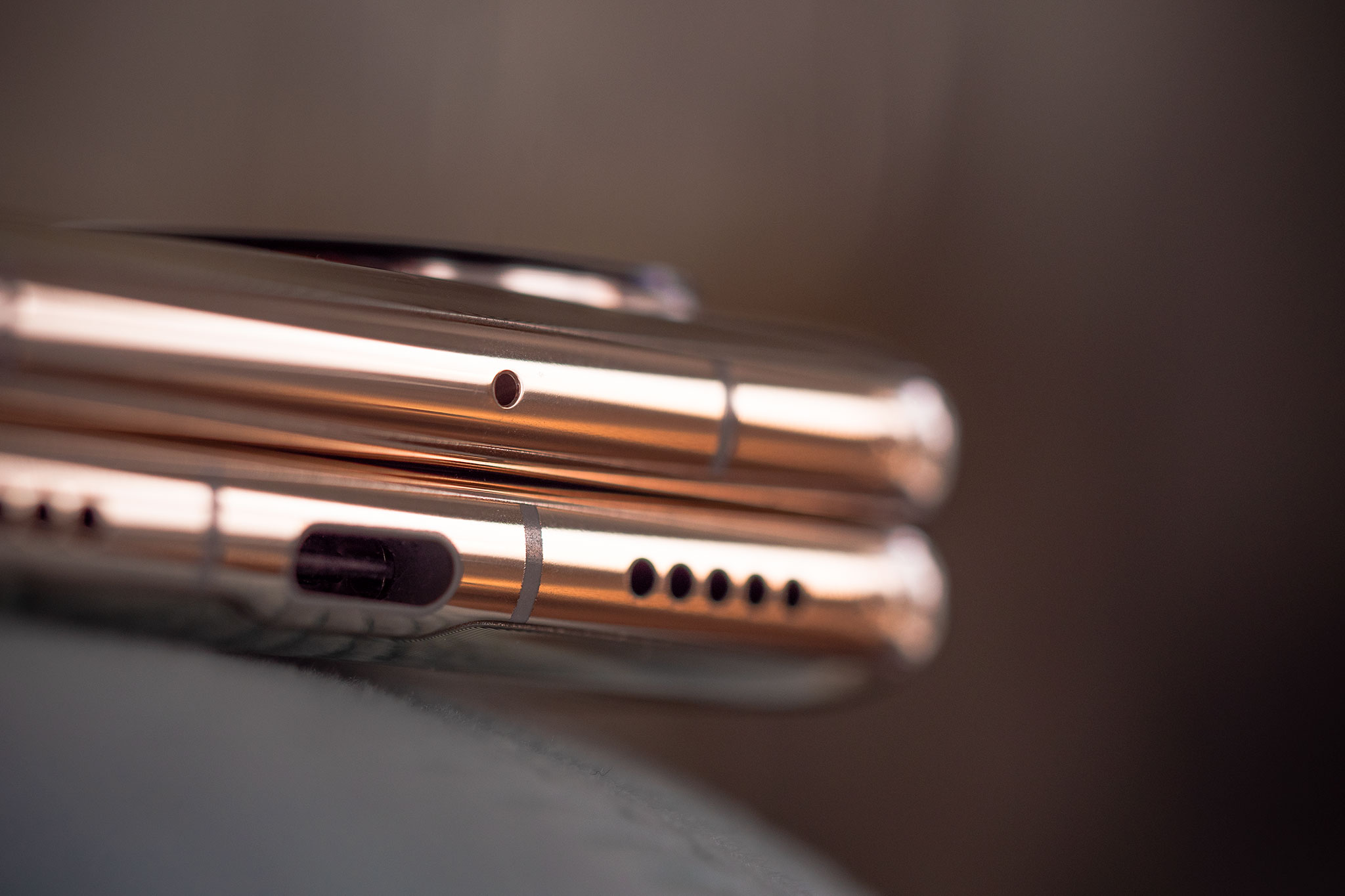
And the P50 Pocket is fully capable of taking advantage of Huawei's Super Device feature as well. This means if you own other recent Huawei gadgets like a PC, tablet or monitor, they can pair up to take advantage of each others' unique features. During testing I had the P50 Pocket paired with a Huawei MateBook E, giving me access to the phone's internal storage wirelessly through Windows Explorer, and also letting me run multiple phone apps remotely via Windows on the PC.
Huawei has a strong photographic pedigree, and although the P50 Pocket doesn't boast the same optical chops as the P50 Pro, it's still capable of taking some truly impressive photos. The main camera experience combines data from the 40-megapixel primary shooter and a 32-megapixel "ultra-spectrum sensor," used to resolve more detail in pics.
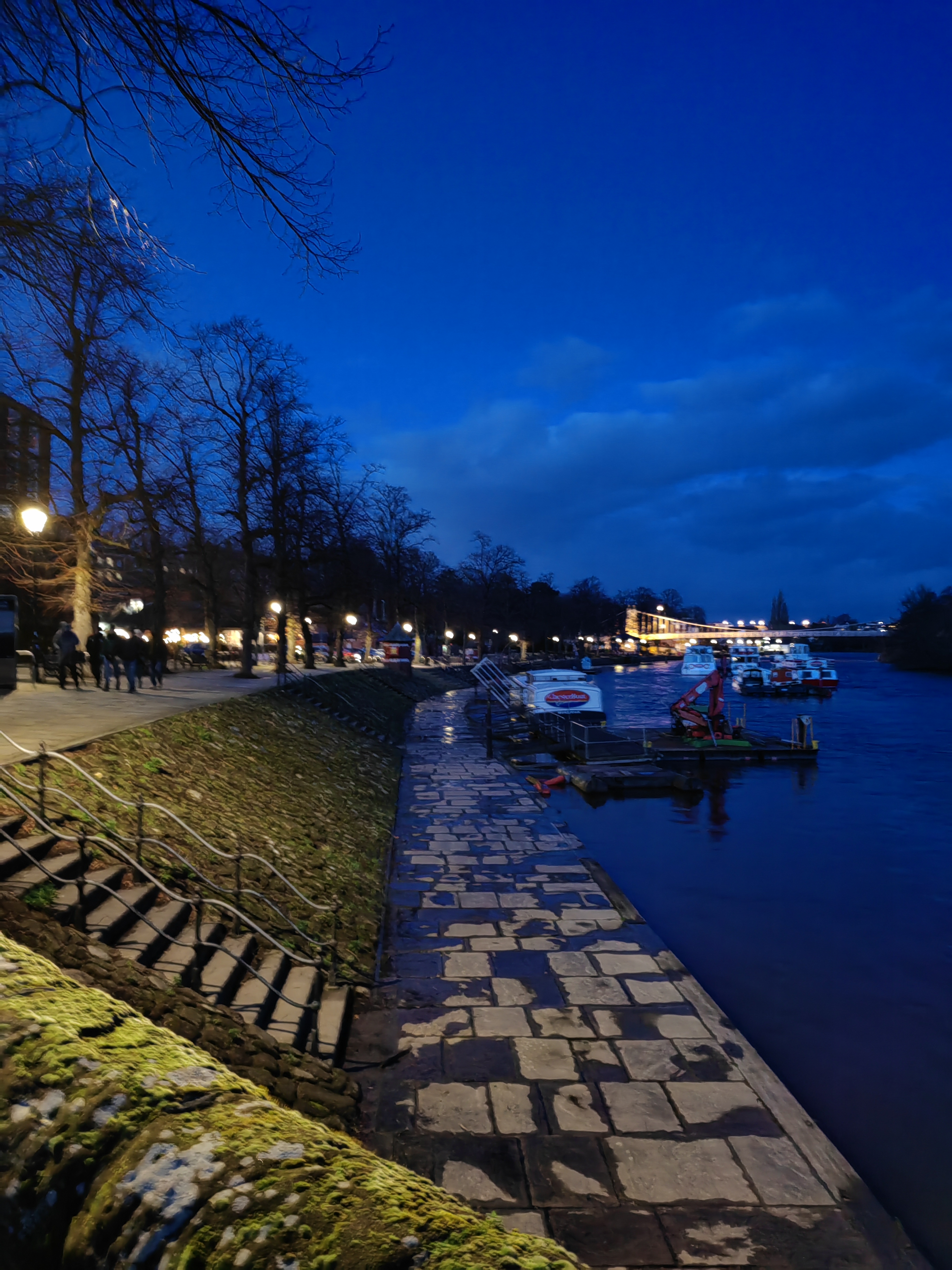


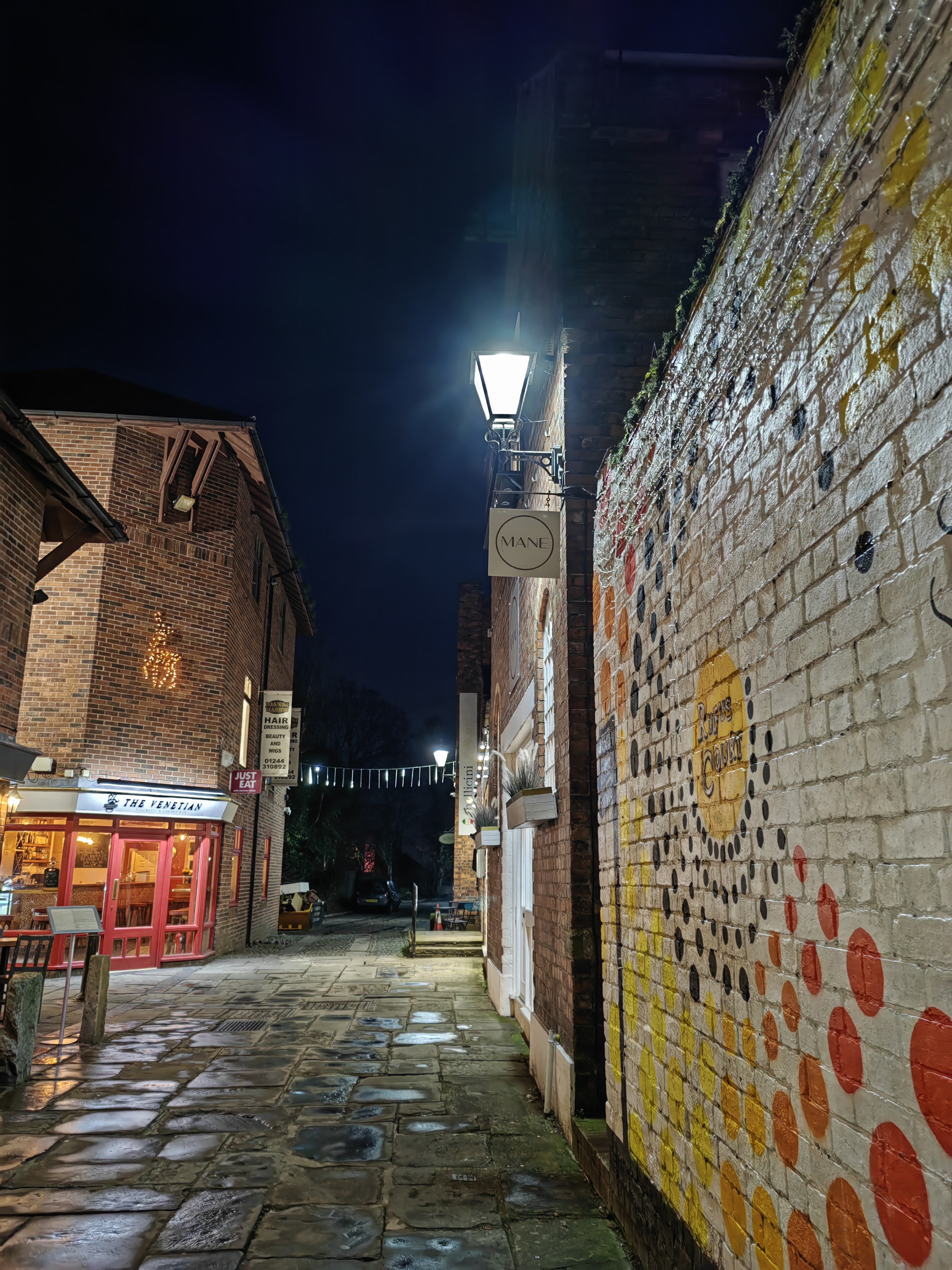



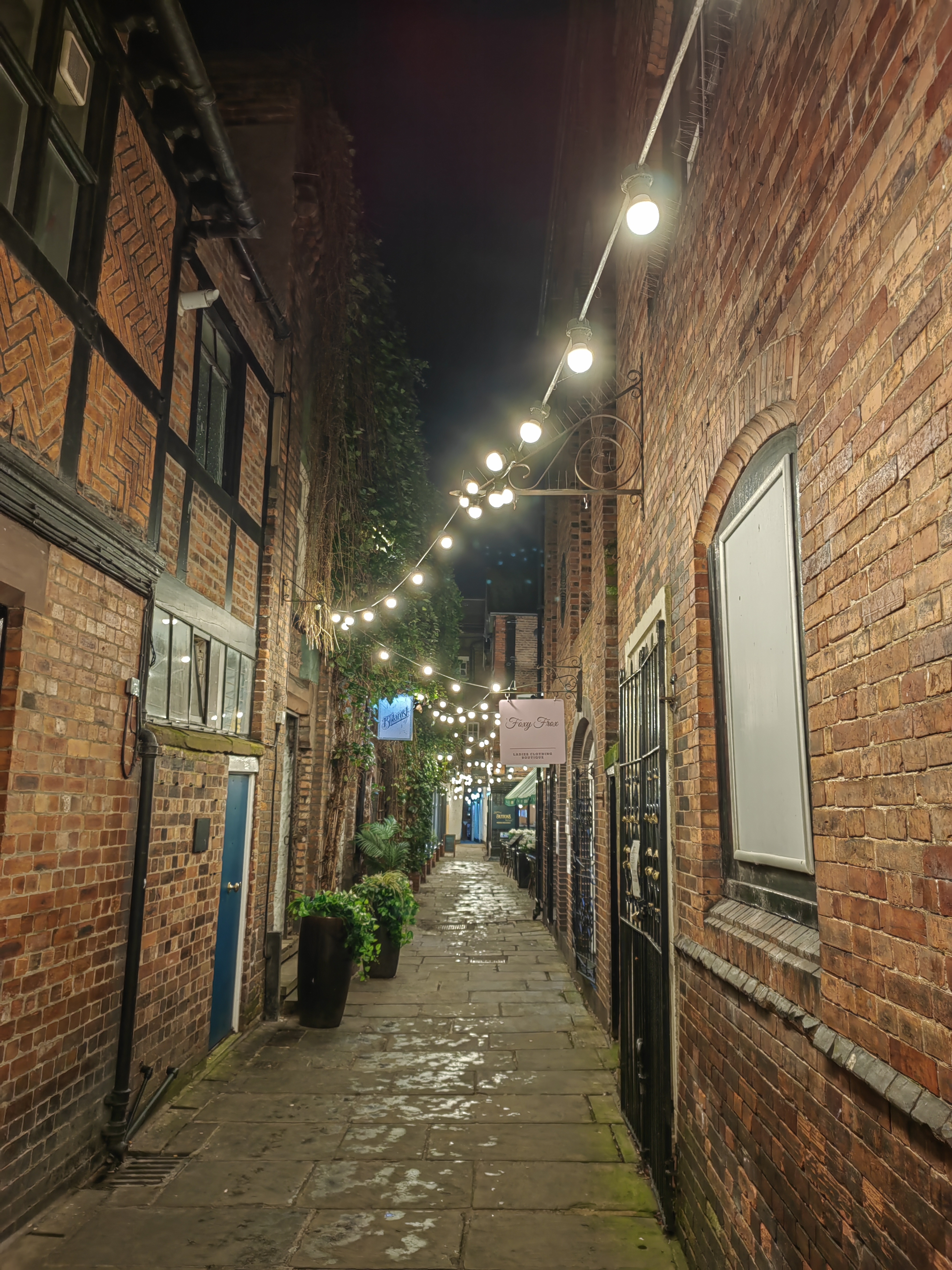


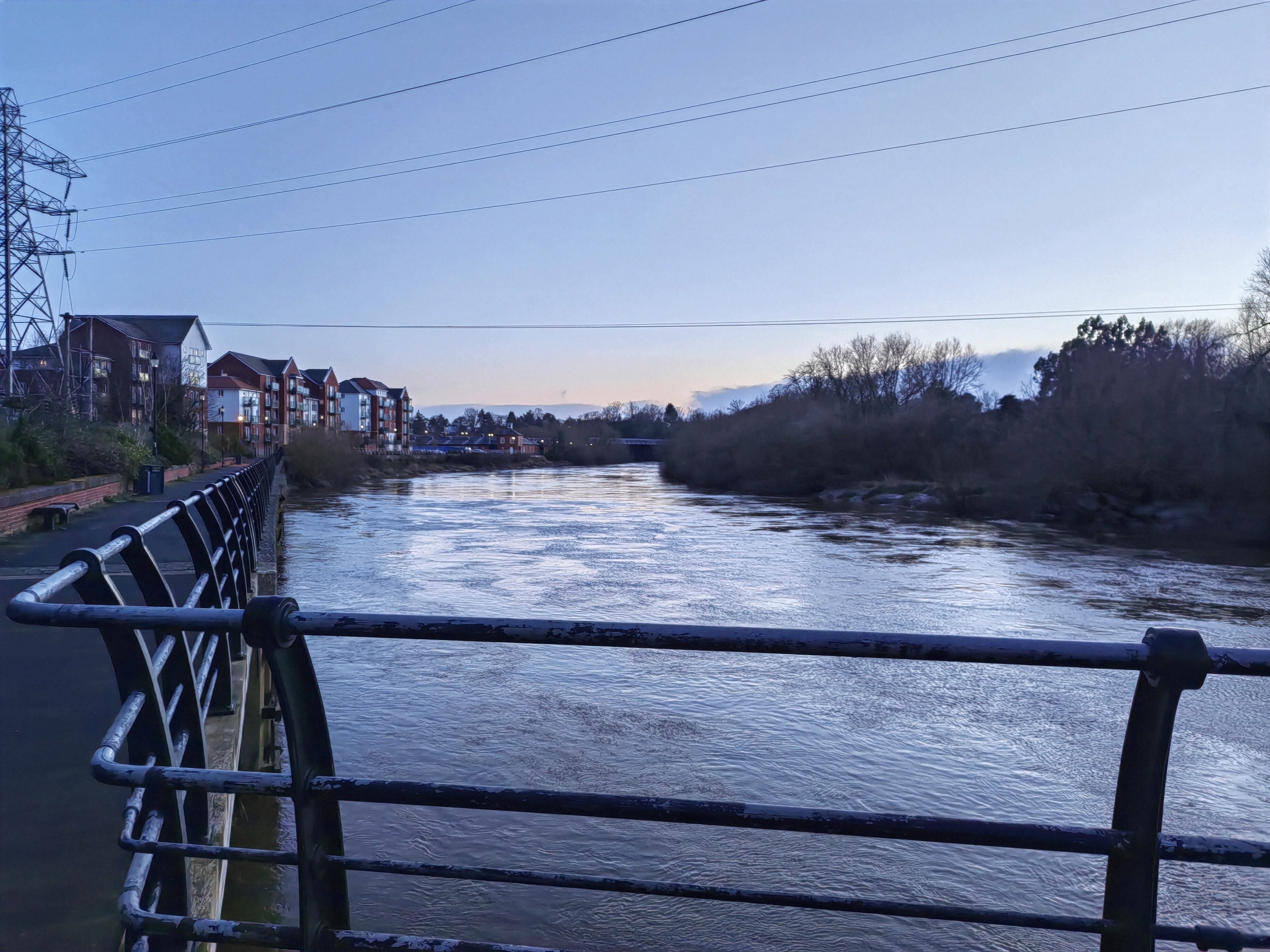
While there's no dedicated telephoto camera here, the high resolution of both main cameras compensates pretty well at zoom levels up to around 3X. Considering the competition in this flippy form factor offers, at most, a 2X optical zoom level, that's an understandable trade. And the P50 Pocket's twin primary cameras produced impressive shots even in challenging lighting conditions, though I did notice that low-light captures were more susceptible to hand motion than the P50 Pro with its larger main sensor. And, like the other P50, the ultrawide camera isn't the best in night-time photography, being a stark downgrade from the main camera even with night mode enabled.
Overall, like many other foldables in this category, you're getting a camera experience that's around a generation behind the cutting edge of flat flagships. That said, the P50 Pocket's camera capabilities are far from disappointing.
Huawei P50 Pocket: What you won't like
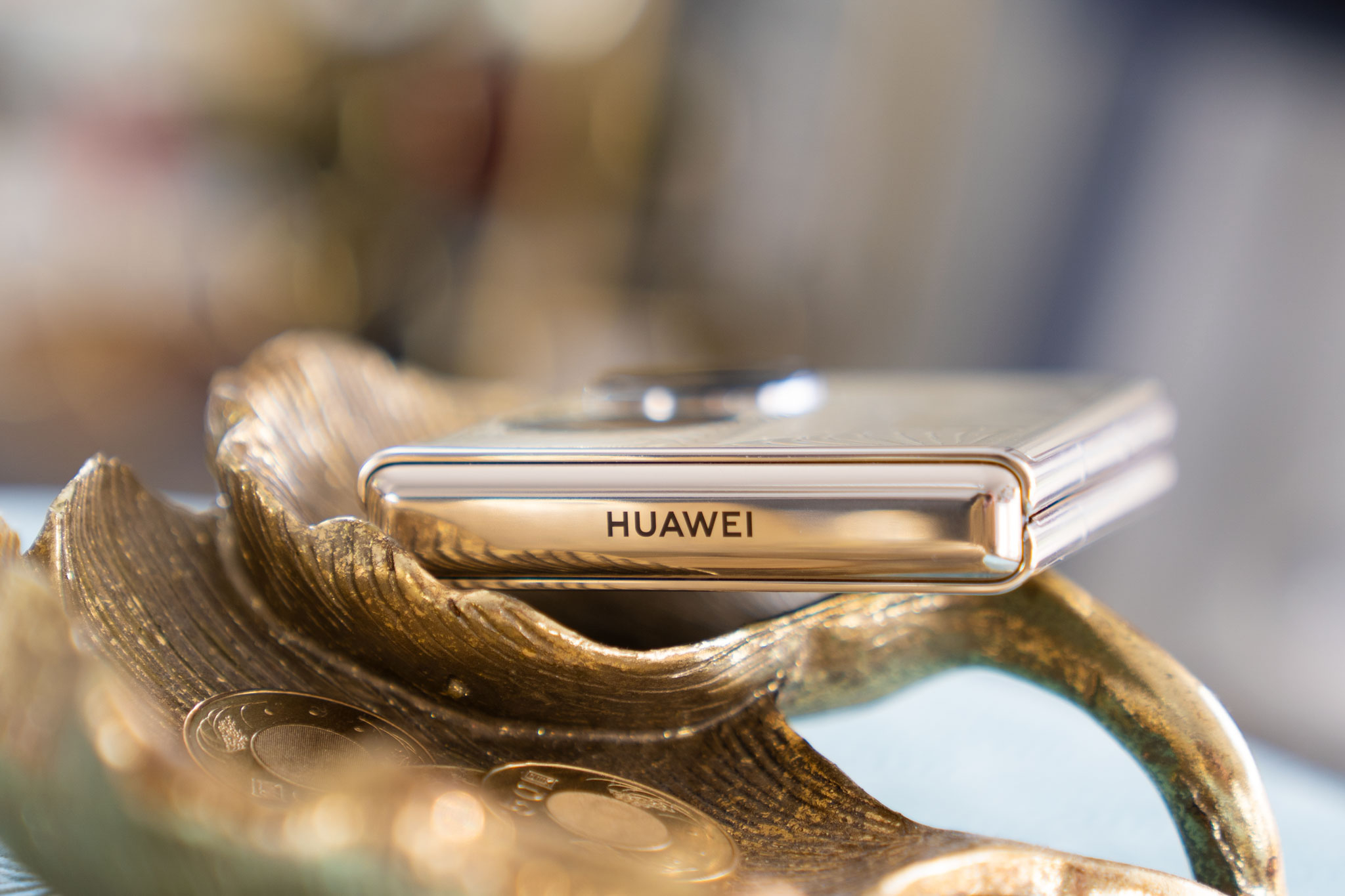
Many of the pitfalls of the P50 Pocket will be familiar if you've read our Huawei P50 Pro review. This is an expensive high-end phone without 5G connectivity, and with a processor based on last year's flagship Qualcomm chip. Considering the price, and the other technical areas in which the P50 Pocket excels, that's something that'll make this phone seem pretty dated in just a couple of years or so.
This is a phone that starts at €1,299, making these omissions hard to overlook.
Other hardware disappointments include the lack of extra conveniences like water-resistance and wireless charging. The latter is understandable, and a concession likely made in order to fit a bigger battery into this relatively small handset. But the former is an area where the competition has an edge.
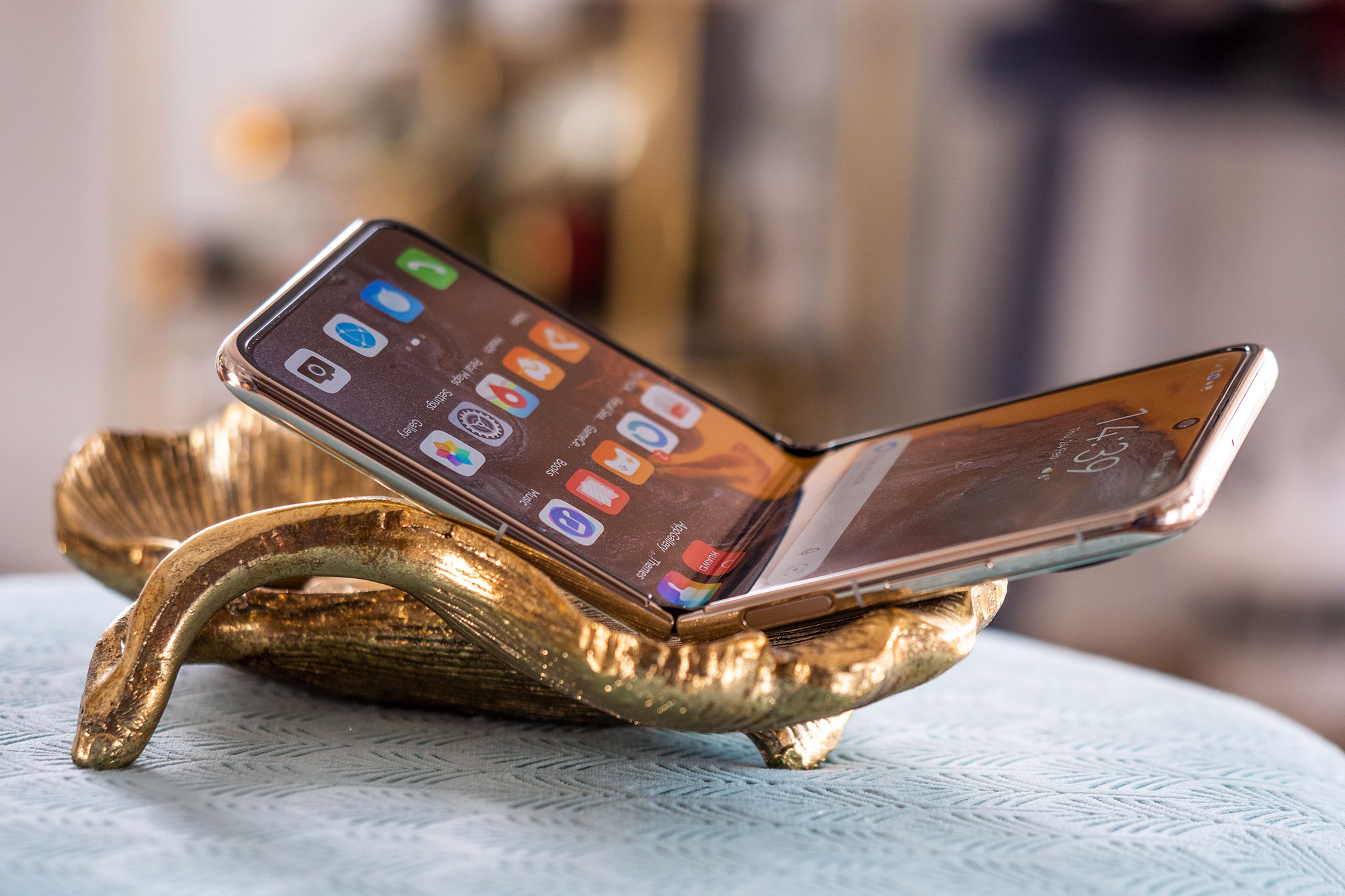
Huawei's latest foldable is weaker than the Samsung competition — the Galaxy Z Flip 3 is certified IPX8 for protection against water ingress.
Huawei's software also lacks some of the software conveniences that three years of experience with flip phones has brought to Samsung's software. If you were hoping for a One UI-style split-screen view in apps when the P50 Pocket is half opened, you'll be disappointed.
Likewise, there's no Google Play Services support in this phone, meaning that you'll need to rely on Huawei's AppGallery storefront and Petal Search to track down apps. The latter does a decent job of unearthing APKs from a variety of trusted sites, but updating apps installed via Petal Search remains a hassle. And even after installing, certain apps still misbehave on phones that lack Google Play Services. If you use a lot of Google services, this isn't the foldable for you.
Huawei P50 Pocket: The competition
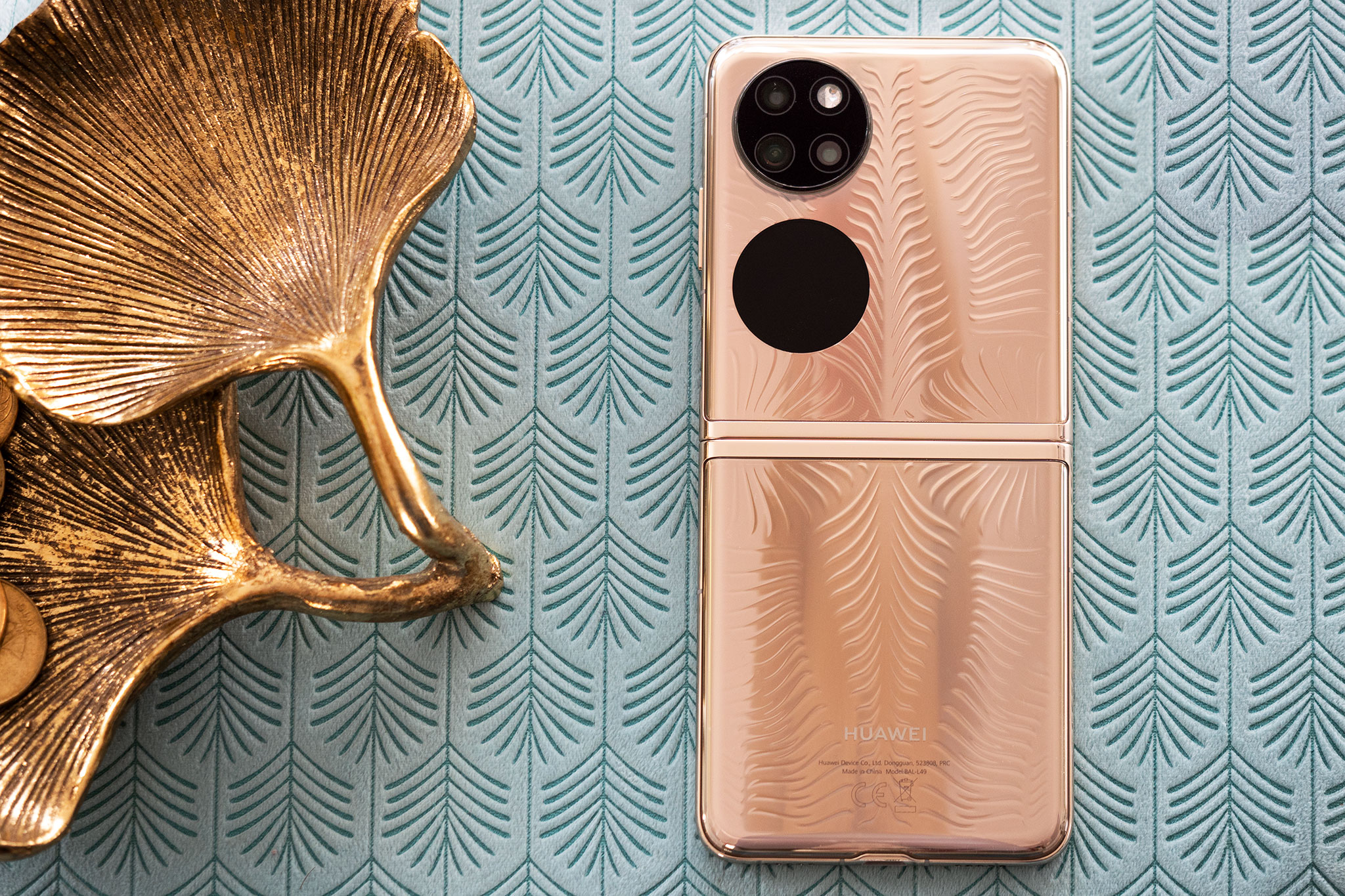
Huawei's new foldable competes directly with the Samsung Galaxy Z Flip 3, which sells for €1,049 in Europe. That's a little less than the P50 Pocket for a phone with 5G connectivity, water-resistance and full Google Play support. (The latter is a major win for anyone who uses a lot of Google services on their phone.)
Huawei, however, offers a larger battery for significantly improved longevity, and faster charging to boot thanks to its bundled 40W super charger. The P50's main camera sensor is also superior, on paper, to Samsung's offering, while compensating for the lack of a 2X telephoto camera with the higher resolution of its primary sensor. And its hinge design enables it to fold completely flat, whereas the two sections of the Flip 3 don't quite sit flush. The P50 Pocket also offers memory expansion through its NanoMemory slot, although you'll need to buy cards from Huawei to use this proprietary memory format.
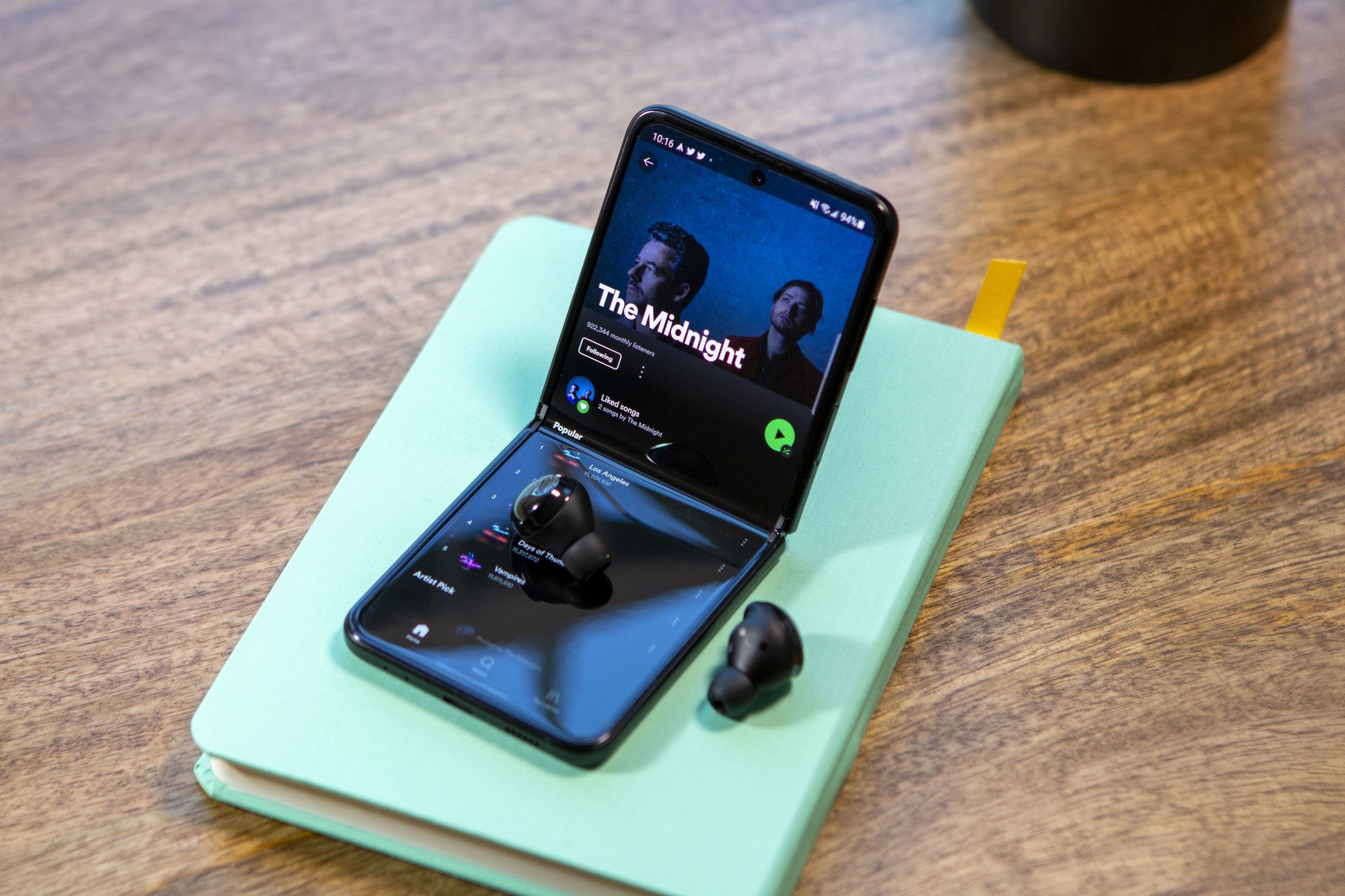
The other major competitor in this category is the Motorola Razr 5G, which, as the name suggests, also features 5G connectivity. Buy this model brand new and it'll cost around the same amount as the P50 Pocket, despite using a substantially less powerful Snapdragon 765G processor and an inferior camera system, plus a tiny 2,800mAh battery. In terms of raw power and photographic capabilities, it's not even close.
Motorola can boast a larger and more useful cover display, though. Its landscape orientation "Quick View' panel is larger than Huawei's coin-shaped outer panel, and you can do more with it.
Huawei P50 Pocket: Should you buy it?
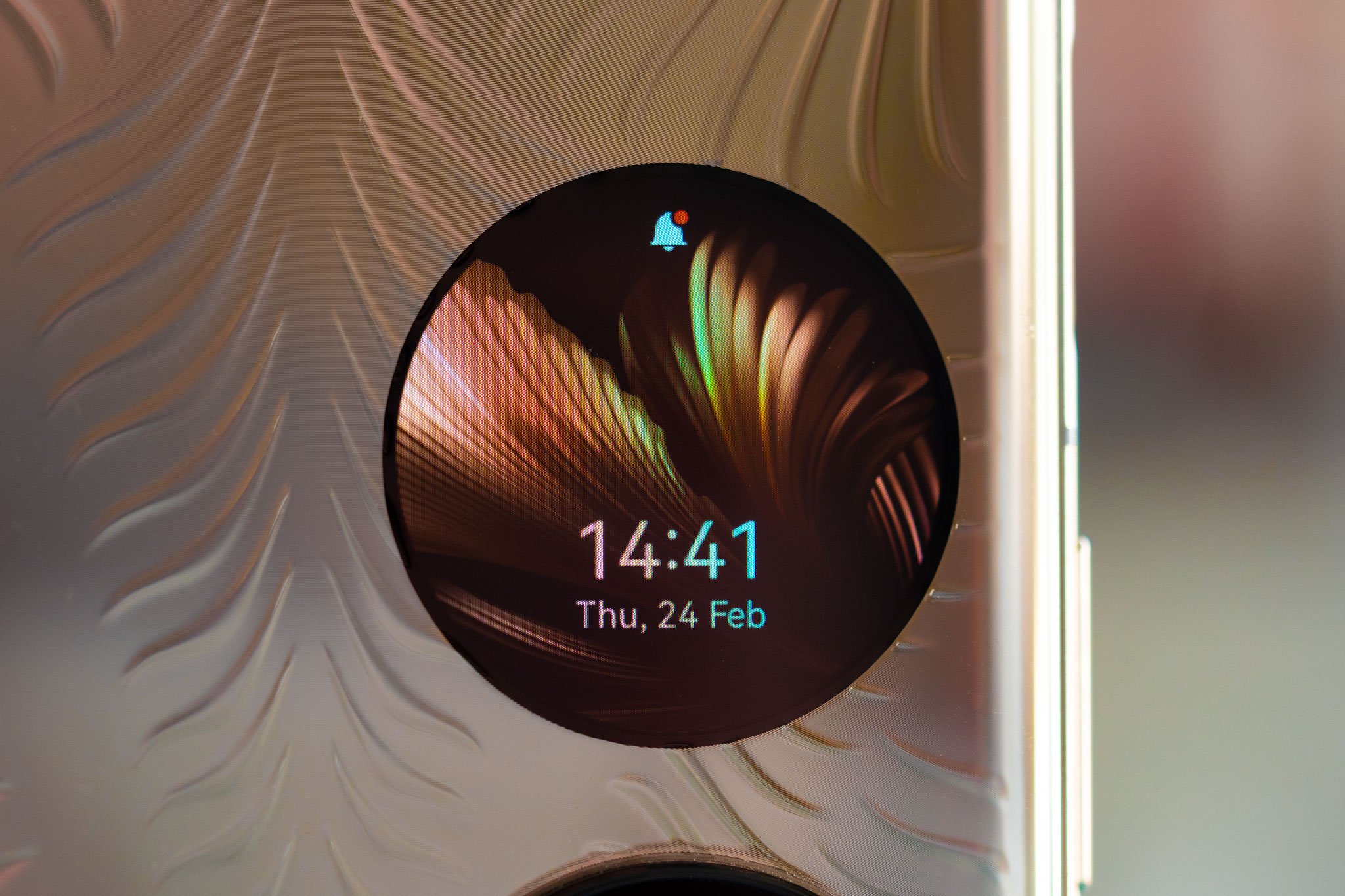
You should buy this if...
- You want the best-looking flip phone out there
- Battery life is more important than ease of charging
- You don't care about 5G or Google services
You shouldn't buy this if...
- You need the fastest cellular data speeds
- You use a lot of Google apps or services
- You need a phone that'll survive a dip in the water
The Huawei P50 Pocket is one of the most striking phones I've used, with a phenomenal design, better battery life than the competition, a capable camera system, and excellent ecosystem features for owners of other Huawei devices. Considering the quality of the hardware and the strengths of Huawei's design, the P50 Pocket feels like a more reasonable proposition at its (admittedly high) starting price.
But it falls victim to many of the same pitfalls as its flatter cousin, the P50 Pro: It uses a year-old chip without 5G connectivity, and software headaches persist if you use Google services — or indeed any Android apps that rely on Google's Android software layer.
The Z Flip 3 remains the 'default' flip phone purchase, but the P50 Pocket is worth a look.
What's more, Samsung's foldables seem more mature in a few key areas, notably water-resistance, software features tailored to this flippy form factor, and the convenience of wireless charging.
It isn't going to replace the Galaxy Z Flip 3 as the "default" purchase in this particular category, particularly considering the price premium you'll pay compared to the Samsung device. But for the right person — someone who cares about design, wants a big display in a small size, and isn't bought into the Google ecosystem — the P50 Pocket is a great little handset.

Alex was with Android Central for over a decade, producing written and video content for the site, and served as global Executive Editor from 2016 to 2022.
